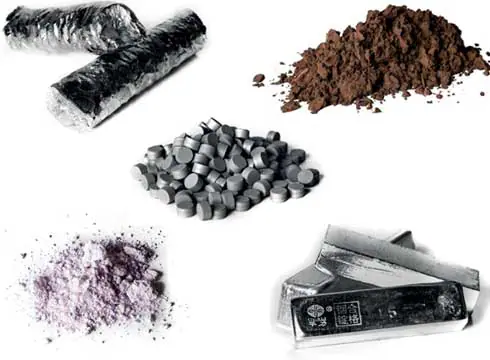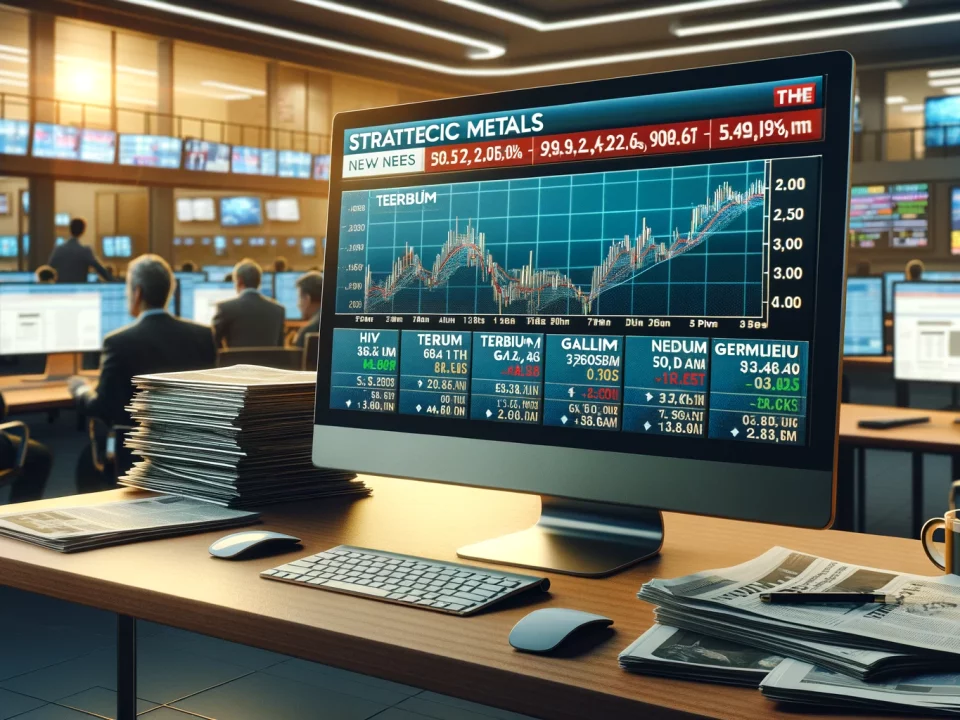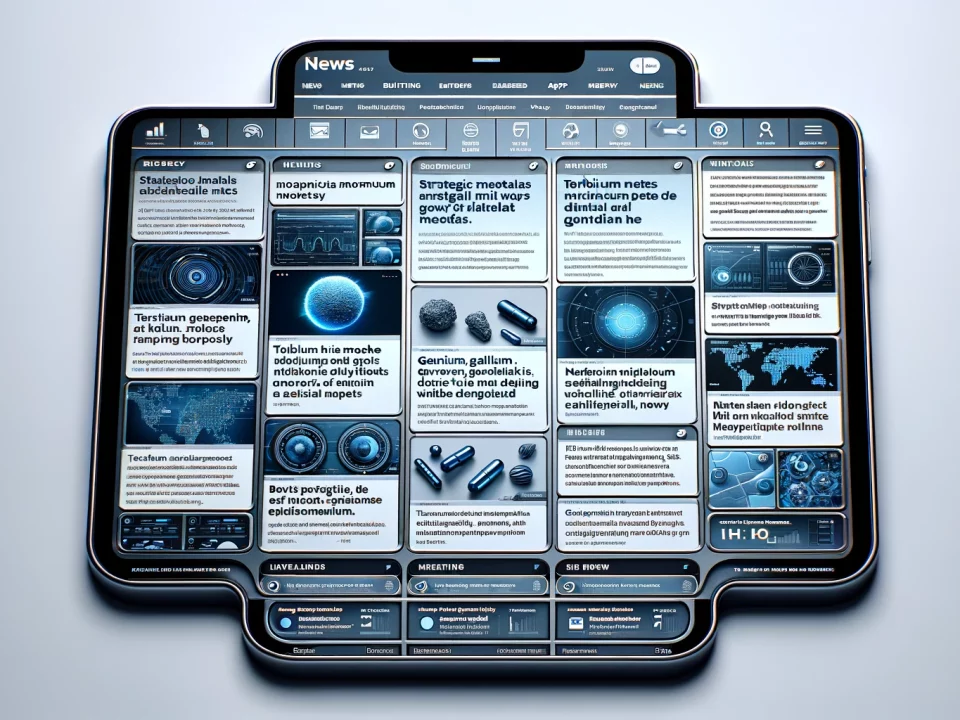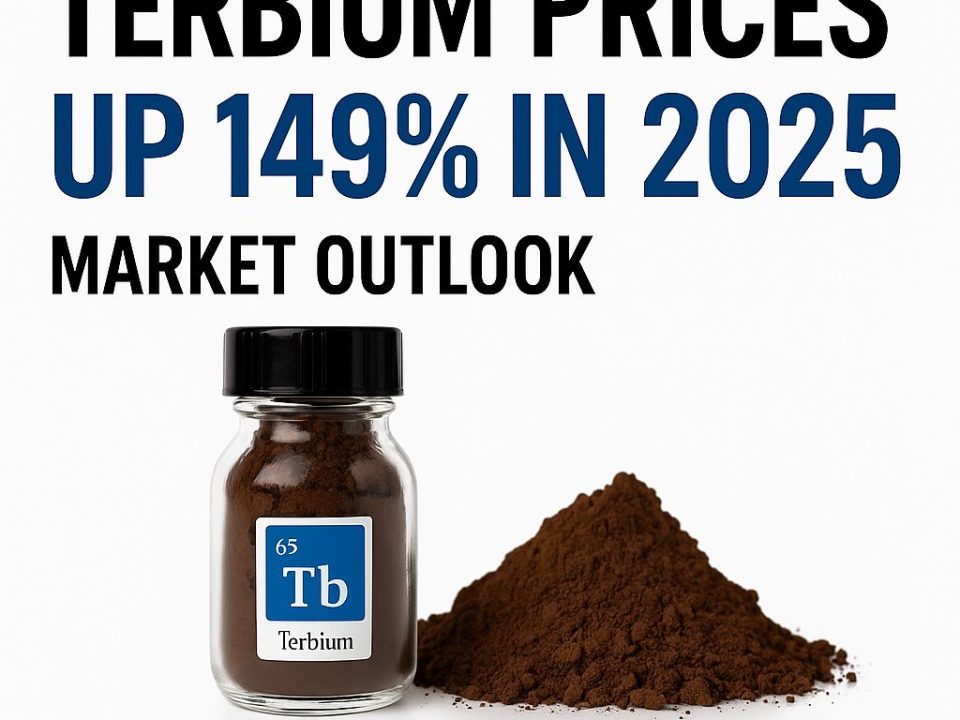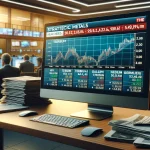
Weekly News Review January 20 – 26 2025
January 26, 2025
Weekly News Review January 27 – February 2 2025
February 2, 2025Today, we would like to share the principles and characteristics that govern what metals we offer to private investors and why owning strategic metals has been and will continue to be a winning investment strategy.
The market for strategic metals is purely supply-and-demand driven, and therefore, it is, first and foremost, speculation. With that in mind, let’s first cover the risk (s) unique to participating in the global industrial supply chain.
There is an opacity to the market that we will explain with key points, so we will keep it brief. However, we are always available to have a conversation with prospective private clients if there are questions about any of the key points and strategies mentioned.
The market can go from calm to crisis in a short period. This is because the metals we offer to private investors do not occur naturally in the earth’s crust.
For example, Gallium, Germanium, and Hafnium are always by-products of mining other raw materials. Gallium is a by-product of aluminum mining, and Hafnium is a by-product of Zirconium mining. For every 50 tons of Zirconium, there is only one ton of Hafnium. There is no mine specifically for Hafnium (or Gallium or Germanium). If the demand for Hafnium increases quickly, there is an inelasticity to the supply, and supply cannot be ramped up to meet growing demand, and of course, prices rise. There is also a flip side to this inflexibility.
During COVID, we saw the price of Terbium increase by 500% in three years and Hafnium increase by 250% in two years. The prices rose during 2021/2022 and fell in 2023/2024 as global demand did not meet expectations.
Our Senior Manager for Rare Earths, Jan Giese, pointed out that the prices for rare earths like dysprosium, neodymium, Terbium, and praseodymium still have not recovered.
“In 2024, rare earth prices continued to fall, with some estimates indicating they were even below production costs. This was largely due to an oversupply from China, as demand for these resources lagged behind expectations. Despite this, rare earths remain crucial for electric mobility and renewable energy technologies. The ongoing U.S.-China conflict could play a key role in shaping prices and supply security in the coming year. “
Here’s the paradox and why, at times, strategic metals can defy market logic. If you purchased rare earths in 2022/2023, the price will still be lower at this moment in time. However, if you had purchased in 2020, on average, your cost would be up 120%, meaning an average gain of 24/25% per year for the past four years.
There is an antidote to this, and it is part of our overall investment strategy: we do not want day traders. This is not crypto. We suggest you not buy strategic metals unless you can stay in the play for a minimum of five years 10 even better. One can mitigate the “calm to crisis” mode risk and benefit from dollar cost averaging by staying in. To be blunt, we don’t want clients to be unaligned with our strategy. We are not investment advisors. We don’t have any other offerings. We are a global supplier of rare earths with 30 years in the industry who invite private investors to participate in the supply chain. Our staff in Frankfurt know the industry.
It might happen that one metal like Terbium increased 500% in 36 months, and of course, in that scenario, we recommend cashing out some, if not all, of your Terbium.
Our first principle is that this is a five-year play.
Once we are in alignment with our “suggested” time, we can then establish the “winning investment strategy.”
Our investment strategy is built on two fundamental principles:
1.The future is inherently unpredictable: No one can accurately predict the future, whether financial markets or geopolitical events. Traders, for instance, often close their positions at the end of the trading day—especially on Fridays—because the uncertainty over the weekend is just too high.
2.The economy operates in cycles: There are four key economic cycles: growth, recession, inflation, and deflation.
Before we examine the characteristics of strategic metals as physical assets, let’s consider metals in general as a store of wealth.
What asset class has consistently proven to secure your wealth in times of uncertainty? What asset class has consistently weathered all four economic cycles.?
Gold has consistently proven to be a reliable store of value through all four scenarios. Over its 3,000+ years of history, it has never faltered.
Over the past 25 years, gold has outperformed most asset classes, averaging approximately 8-9% annualized growth depending on currency.
Investing in gold protects part of your wealth against market uncertainties and provides peace of mind regardless of what the future holds:
Gold is like an “insurance policy against risk”—one of the only assets you can sell quickly at peak prices when everything goes wrong (e.g., during the COVID pandemic, wars, financial crises). The same applies to strategic metals, even more so in times of crisis.
Let’s examine the characteristics governing our recommended metals to private investors.
Strategic Metals: A Slightly Different Approach To Precious Metals –
Strategic metals are rare or hard-to-produce materials essential for modern technologies, from smartphones and electric vehicles to renewable energy, military, and AI…
These metals are often concentrated in specific regions, making them unique and potentially highly lucrative investments.
Investing in strategic metals offers high growth potential in a world increasingly dependent on advanced technologies.
Example – Hafnium:
Hafnium is used in superalloys for the nuclear and aviation industries due to its ability to withstand extreme temperatures.
It is scarce because there are no dedicated hafnium mines. Instead, it’s extracted as a by-product of zirconium refinement, which is itself rare.
Global production is so limited—only 70-80 tons annually—that it could fit in the back of a big truck.
Strategic metals like Hafnium hold three unique investment characteristics:
- Inelastic supply: Markets can swing quickly from stagnation to crises, triggering price spikes or even shortages due to high demand for our technologies.
- Low market visibility: These metals don’t interest significant mining companies due to their small market size.
- Vulnerability to crises: Their supply chains are subject to geopolitical, demand, and production crises.
Remember that as a global industry supplier, we offer 45 to 50 different metals to manufacturers/industry buyers in more than 75 countries worldwide.
Why, at any given time, are we only suggesting between 8 to 10 metals to private investors?
Here are the characteristics determining what raw materials are relevant to private investors.
- Diversification: As the saying goes, “Don’t put all your eggs in one basket.” Owning Precious Metals, Technology Metals, and Rare Earth Elements means you own the downstream raw materials that ultimately become trillions of dollars in upstream GDP.
- Quantitative approach: Focusing on rare metals like Terbium or Hafnium, among the least present in the Earth’s crust.
- Qualitative approach: Targeting the most critical and in-demand metals for industrial and technological applications, such as Rare Earths, Dysprosium, Neodymium, Praseodymium, and Terbium.
- Supply concentration risks: Metals with highly localized production often face supply crises. For example, prices can skyrocket if there’s a geopolitical issue with major producers like Russia or China. Recently, China has instigated an outright ban on the US of technology metals, Gallium and Germanium, citing national security concerns. Gallium and Germanium have multiple applications and dual uses, civilian and military.
The Value of Physical Ownership:
We don’t sell shares or fund units; we sell physical metals.
Each client becomes the direct owner of the metals, with options to store them securely or have them delivered to their home.
Why storage matters: Storing metals in specialized facilities allows clients, like our industrial clients, to benefit from VAT and duty exemptions and access international markets. When ready to liquidate, private investors have access to our more than 4,000 industry buyers in more than 70 different countries.
We only sell ingots or industrial-grade quantities to ensure the best prices and avoid excessive fees or premiums.
For example, Terbium is sold in industrial-standard barrels of oxide in its original form, which industries prefer for maximum application versatility.
Purity: 99.99%, the standard requested by manufacturers.
Packaging: Industrial barrels, ensuring competitive pricing and ease of resale.
At certain times, strategic metals represent excellent value at any given time due to recent price drops, making it a favorable time to enter the market.
Our investment approach is simple:
Start small, at a level you’re comfortable with, and build your position over time. This allows you to benefit from price averaging, whether the market is rising or falling.
If you would like to investigate further, please let us know. We can schedule a call or arrange for access to our complete due diligence package, which includes a comprehensive memorandum, customer reviews, financial statements, and annual returns.
If you want to learn more about the benefits of owning strategic metals as physical assets, please contact us for more info or to schedule a free, no-obligation introduction call.



